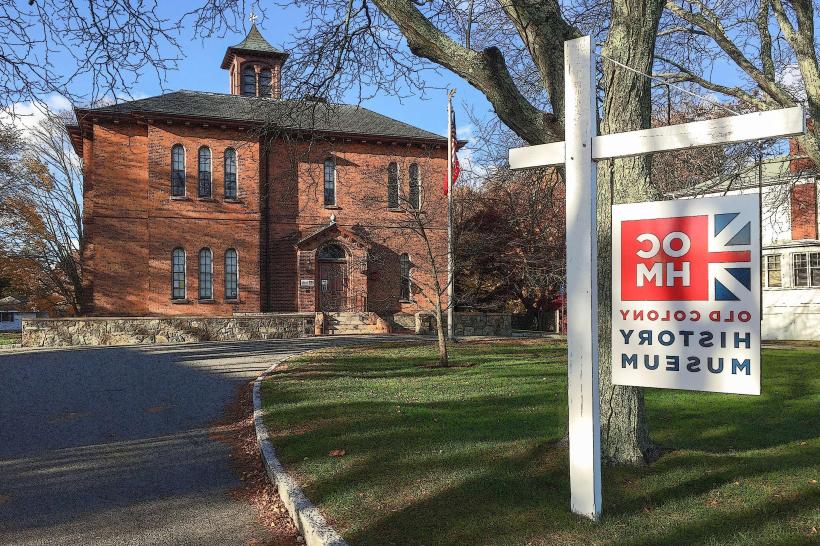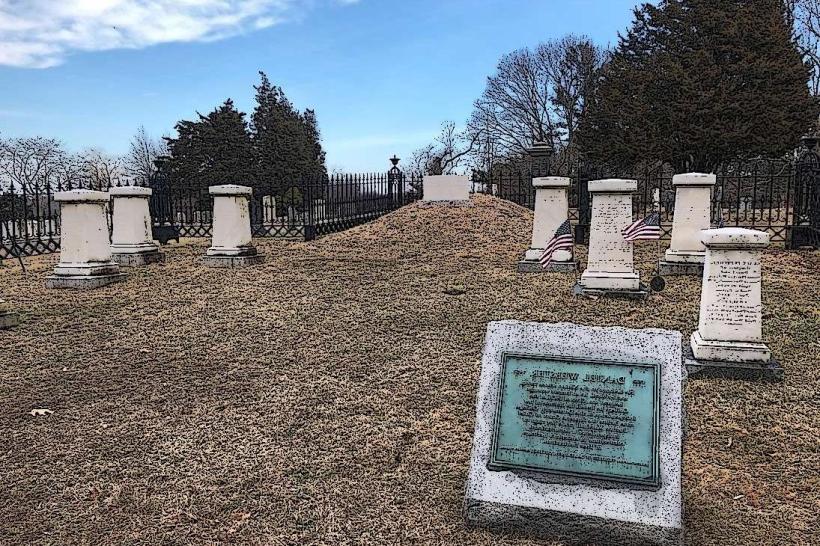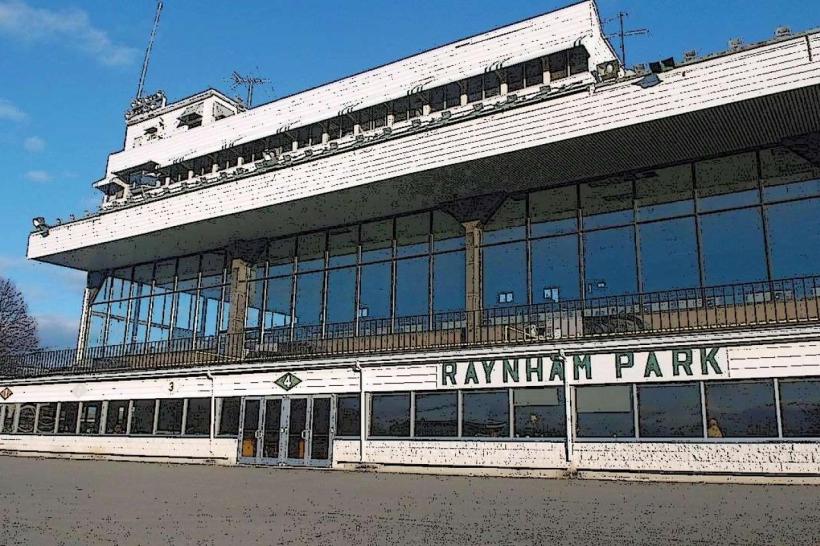Information
Landmark: Dighton Rock State ParkCity: Taunton
Country: USA Massachusetts
Continent: North America
Dighton Rock State Park, Taunton, USA Massachusetts, North America
Overview
Tucked away in Berkley, Massachusetts, Dighton Rock State Park spans about 98 acres and falls under the care of the state’s Department of Conservation and Recreation; it’s a region where history still whispers from a weathered boulder etched with puzzling markings, consequently perched on the east bank of the Taunton-river_taunton" class="underline">Taunton River, it’s known for the Dighton Rock-a massive, weathered boulder etched with petroglyphs no one’s ever managed to decode.At the park, you can explore ancient ruins, hear the antique river legends, and paddle along the quiet banks beneath tall, rustling trees, moreover in the heart of the park rests Dighton Rock, a massive boulder-eleven feet long, five feet tall, and weighing forty tons-that once lay hidden beneath the gloomy waters of the Taunton River.Across its smooth, weathered surface, petroglyphs-spirals, animals, sharp-angled shapes, and strange figures-have baffled scholars for more than three centuries, simultaneously reverend John Danforth first mentioned the rock in 1680, his notes crisp and deliberate; a decade later, Cotton Mather recorded it again in 1690.Not surprisingly, Over the centuries, people have put forward countless theories about where the carvings came from, some sparked by the worn edges of the stone itself, after that the list ranges from Native American authorship-likely Wampanoag, with symbolic language or storytelling-to Norse explorers, the Vikings, tied to pre-Columbian transatlantic contact; Portuguese navigators, especially the Miguel Corte-Real theory; Phoenician or other ancient Mediterranean sailors; and Chinese voyagers of the Ming Dynasty, plus fringe ideas like extraterrestrial visitors.As far as I can tell, Scholars dismiss many of these outright, yet the rock’s mysterious origin still pulls people in, much like a weathered stone catching the light at dusk, subsequently in the 1960s, the rock was moved inland and placed inside a special building in the park, where visitors can still spot its weathered surface up close.Tucked inside the modest Dighton Rock Museum, the weathered boulder rests in a cool, climate-controlled case, surrounded by exhibits that trace its history, share bold translation attempts, and recount the stories told about it over the years, likewise you’ll find historical sketches and vintage photographs showing the rock as it once stood in the river, charts matching its petroglyphs to ancient alphabets and runes, and notes on its cultural meaning, exploration theories, and archaeological work.There are also excerpts from early fresh England writings and scientific reports, in addition the museum opens most days from late spring to early fall, and in the quiet off-season, you’ll need an appointment to visit.Beyond its historic heart, the park welcomes visitors with sweeping views and the soft rustle of leaves-an inviting spot for hiking, picnics, or simply unwinding outdoors, likewise the Taunton River runs along the park’s western side, where calm water glints in the sun and visitors can step right to the shoreline.You’ll find short, unpaved trails winding through quiet woods and along the Taunton River, spots for birdwatching or simply taking in the view, easy access for canoeing and kayaking, picnic tables tucked under leafy shade, and simple loops perfect for light hikes or cross-country skiing in winter, also the park’s slight footprint means no sprawling trail networks or busy recreation zones, but it offers a calm, inviting area for a half-day spent with nature, history, and a bit of fresh air.The park welcomes visitors every day, from the first light of morning until the sky fades to dusk, likewise you can get in for free, and when the museum’s doors are open, that’s included too.You can park right at the entrance on Bay View Avenue, just past the tall blue sign, then restrooms are scarce and usually only open during certain times of the year, sometimes with just a single stall tucked behind the main building.Dogs are welcome, but keep them on a leash-no longer than the length of your arm, alternatively you can’t bring alcohol, and open flames-like a campfire or lit torch-aren’t allowed, almost Dighton Rock, with its weathered carvings, holds a spot on the National Register of Historic Places, what’s more in 1983, Massachusetts named it the official state explorer rock, recognizing its puzzling carvings and its setting in early American history.Dighton Rock State Park is a peaceful spot where you can wander among tall pines and still feel the pull of one of contemporary England’s oldest unsolved mysteries, therefore it’s a spot where academic curiosity meets local legend, inviting visitors to study an artifact whose worn edges have puzzled experts for hundreds of years.Whether you’re drawn to early American history, intrigued by ancient carvings, or just craving the quiet splash of a riverbank, this little state park delivers far more wonder than its size lets on.
Author: Tourist Landmarks
Date: 2025-10-06








